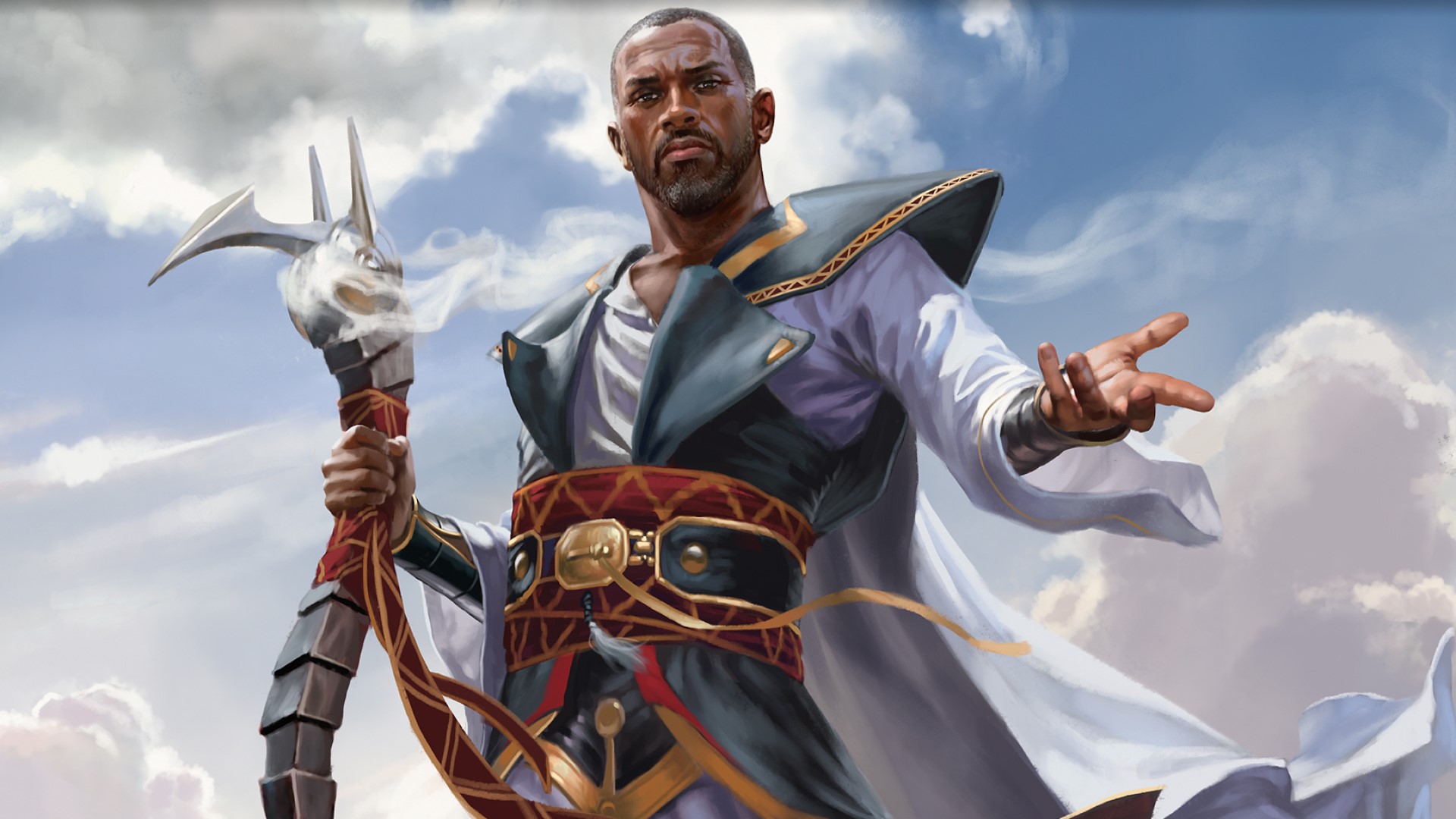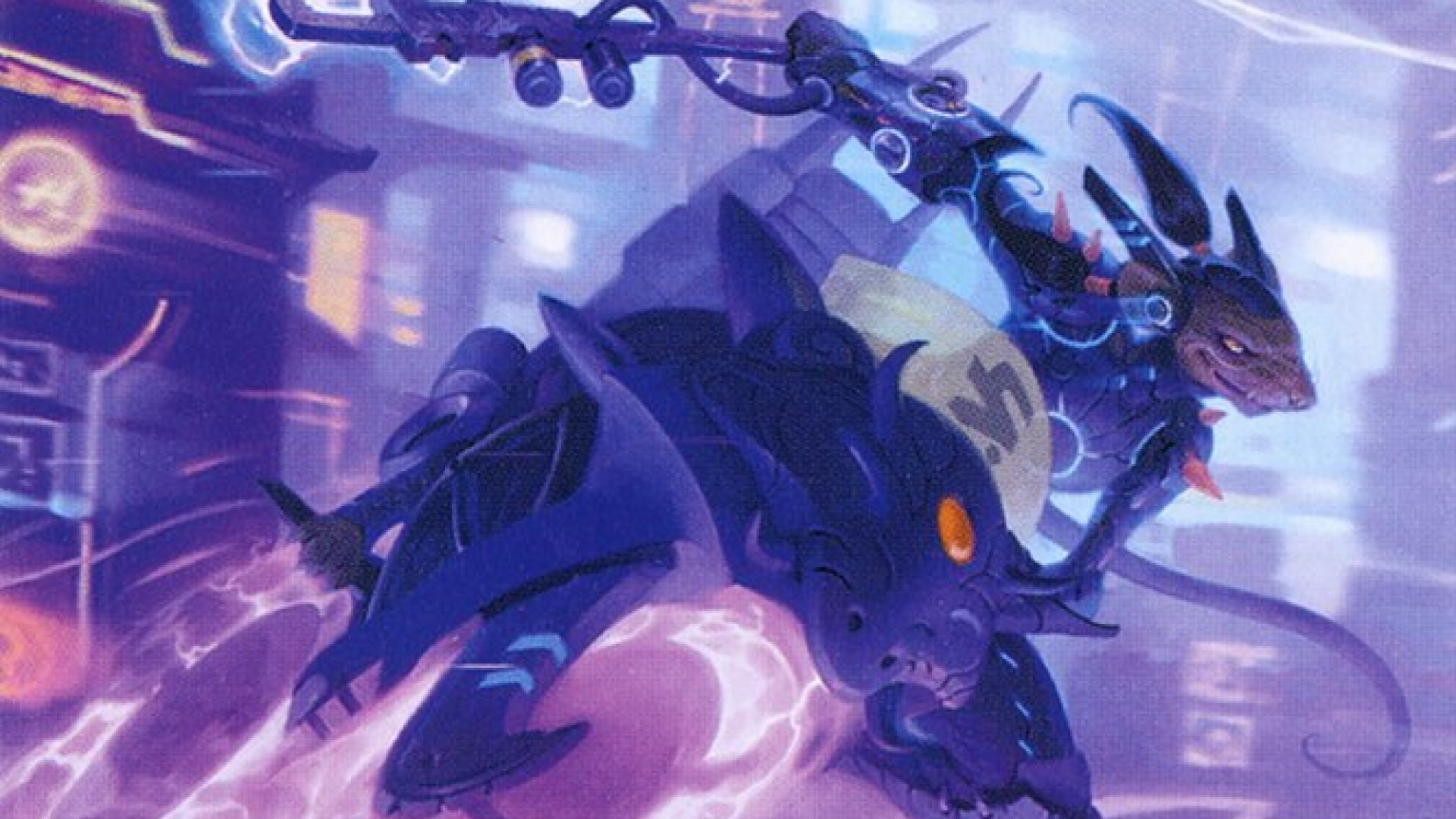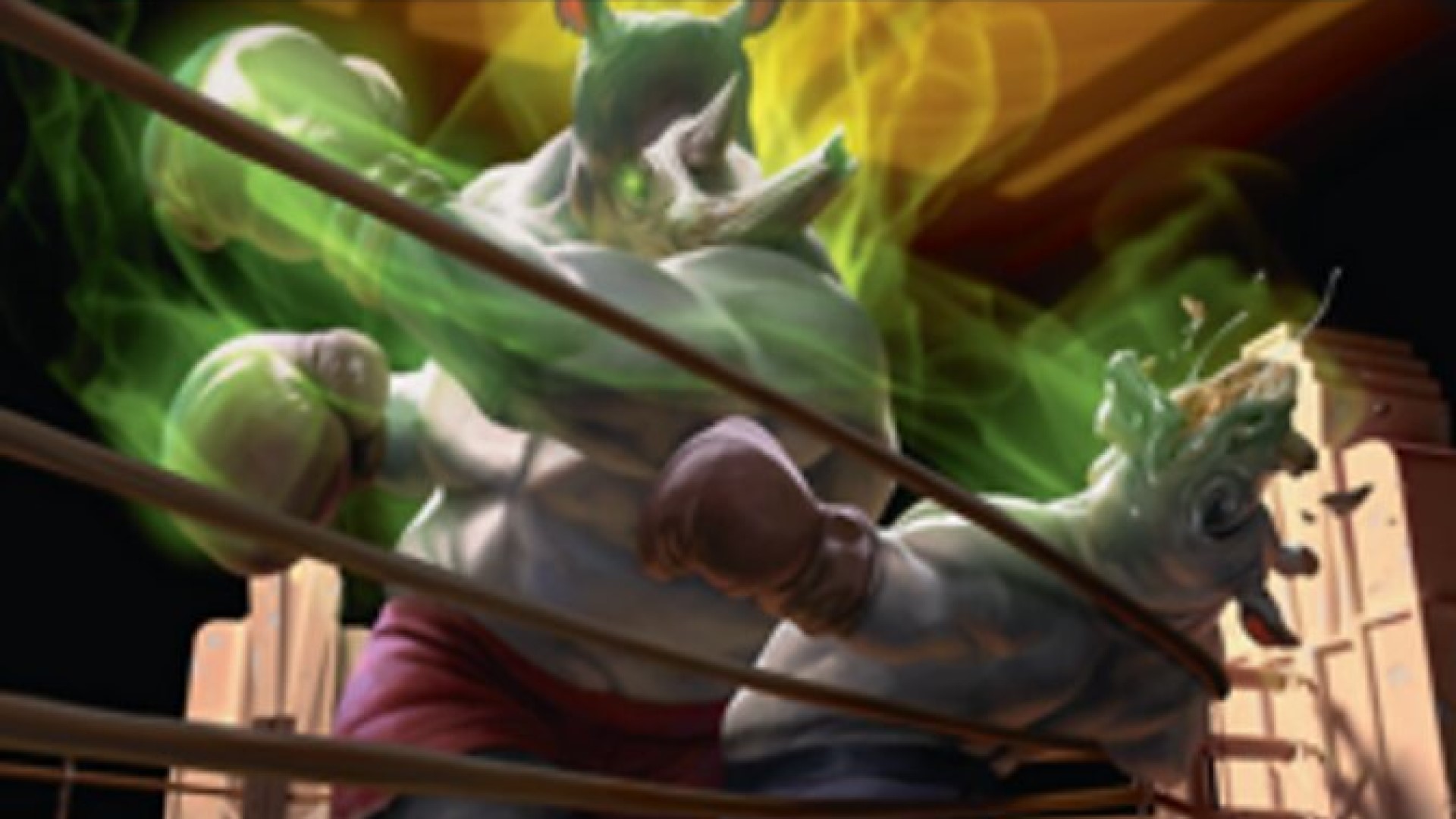MTG Explorer is the newest Magic: The Gathering format launched on MTG Arena. Arriving on April 21, 2022, Explorer features cards from the last decade of MTG history. With Explorer, Wizards of the Coast is offering players an experience that’s close to an eternal paper format. That role was once filled by Historic, but since the divisive Alchemy came to MTG Arena, the Historic format has mutated, leaving a void that MTG Explorer is here to fill.
A true-to-tabletop format that doesn’t rotate, Explorer features any cards on Arena that were initially printed in any MTG set from Return to Ravnica forward. For MTG Arena right now, that means cards from Standard sets, the remastered versions of Kaladesh and Amonkhet, and assorted cards that were brought in through supplements like Jumpstart and Historic Anthologies.
The scope of the Explorer format is vital to its identity: Return to Ravnica forward is also the card pool for Pioneer, the latest eternal format in paper Magic. From the beginning, Wizards have been clear that MTG Explorer is a path forwards to Pioneer. They plan to slowly bolster the format’s cardpool through expansions until MTG Explorer is ‘functionally identical’ to Pioneer. That means you won’t find every bulk common on Arena, but every relevant Pioneer card should eventually make an appearance.
The best decks in MTG Explorer right now are a sign of its close relationship with Pioneer as well. The strongest Explorer decks are often the ones closest to their Pioneer equivalent. So, whether you’re looking for an Arena deck you might be able to take to FNM, or you want to climb the ladder online, these are the best decks for MTG Arena’s Explorer format.
Rakdos Midrange
Any deck playing Thoughtseize and Fatal Push is bound to be strong, and Rakdos Midrange takes this flexible disruption and backs it up with hard-to-remove threats: recursive creatures like Kroxa, and Planeswalkers like Chandra, Torch of Defiance. Taking on the ‘Jund’ role (a perennial Modern deck), Rakdos Midrange is all about two-for-one value plays, depriving your opponent of resources, and grinding your way to victory.
As a midrange deck, there’s always the spectre of the ‘wrong half’ problem – drawing answers for the wrong matchup: discard against aggro, removal against control. But new cards like Fable of the Mirror Breaker help to solve this problem, making Explorer’s Rakdos Midrange deck one of the most consistent and powerful midrange decks in years.
Azorius Control
The archetypal control colours of blue and white come together here to create a deck designed to slowly counter and remove threats, before resolving a planeswalker like The Wandering Emperor or Teferi, and protecting them until they run away from the game.
Like Rakdos, Azorius is a deck that’s incredibly close to its Pioneer equivalent – only a couple of cards out of step with its paper sibling. It’s only been bolstered by the first Explorer Anthology packs; Explorer’s version of Azorius was powerful, even before it got the consistent removal provided by the uncounterable wrath Supreme Verdict.
Explorer Azorius is able to leverage some of the most powerful cards from the last few sets. Whether it’s the aforementioned Wandering Emperor, or removal spells like March of Otherworldly Light and Fateful Absence, this is a deck that’s incredibly strong if you want to draw, pass, and stop your opponent from resolving any spells.
Greasefang
It’s difficult to pick one iteration of this deck to highlight. It exists across multiple colours, including Esper and Mardu, and offers some of the most explosive starts – and finishes – in all of Explorer. If everything goes perfectly for a Greasefang deck, it’s closing the game on turn three via a reanimated warship and a pair of angels.
Leveraging the power of its eponymous card – Greasefang, Okiba Boss – these variations are all combo decks with the same game plan: get a powerful vehicle into your graveyard, and then use Greasefang to reanimate and crew it in order to swing for big damage as early as possible.
The different variations of the deck tend to define its backup plan: in Mardu, access to red means playing format all-star Kroxa, whereas the blue from Esper lets you play Ledger Shredder, which might be the strongest card in Streets of New Capenna.
Whether you plan to play it or not, being aware of Greasefang decks is vital if you’ll be climbing the ladder. It’s a deck that you need to be able to answer because if you can’t, you won’t get to see turn four.
Mono Red Aggro
Speaking of four turn clocks, this next deck is as old as Magic: The Gathering itself: Mono Red Aggro.
This deck is the first on the list that strays far from the Pioneer version of the same archetype, but the core gameplan is the same as it’s ever been. Cast a lot of spells, pressure your opponent’s life total, and overwhelm them before they get a chance to stabilise.
There have been two versions of mono red aggro running around on Explorer lately: one that leans into the tribal synergies of cards like Wizard’s Lightning, playing Wizard creatures in order to make its burn spells cheaper.
The other will be vividly (painfully familiar to anyone who played Standard around the time of Throne of Eldraine and Theros: Beyond Death – creature-focused aggro that tops its curve with the absurdly powerful Embercleave, a legendary artifact that all but wins the game if it’s able to resolve.
Fight Rigging
The newest Explorer deck on our list centres around the enchantment Fight Rigging, from Streets of New Capenna.
The power of Fight Rigging as a card comes from the fact that it not only allows you to grow your own creatures with +1/+1 counters, but that its Hideaway ability lets you go through the top of your deck to find an even bigger threat, and cast it for free as soon as you have a seven-power creature in play. And when you’re playing cards like Rotting Regisaur, and Rhonas the Indomitable, that happens much faster than you might think.
Playing mana dorks like Llanowar Elves, and even a companion in Obosh, the Preypiercer, Fight Rigging deck is all about building big, resilient boards that demand answers, before starting to swing for almost a dozen points of damage every turn.
Source: Wargamer








